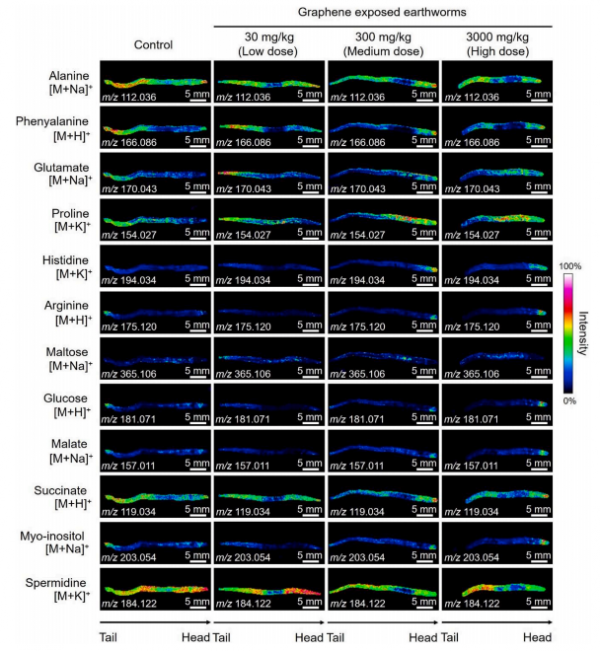Metabolite changes associated with earthworms (Eisenia fetida) graphene exposure revealed by matrix-assisted laser desorption/ionization mass spectrometry imaging
2020
期刊
Ecotoxicology and Environmental Safety
作者
Yanliang Zhang
· Liang Qin
· Jingkuan Sun
· Lulu Chen
· Lizhi Jia
· Jinqi Zhao
· Hongjun Yang
· Kun Xue
· Xiaodong Wang
· Weiguo Sang
下载全文

- 卷 205
- 页码 111102
- Elsevier BV
- ISSN: 0147-6513
- DOI: 10.1016/j.ecoenv.2020.111102
